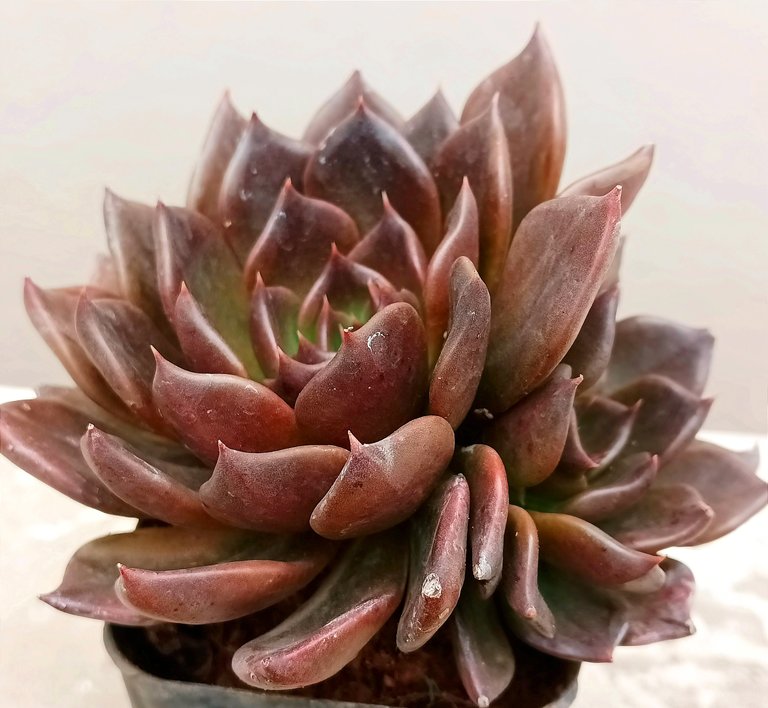
Sounds dramatic, doesn't it? Beheading is one method of propagation I have not had the courage to try for a long time. However there are some succulents that don't seem to produce pups, side shoots or even grow well from leaves. These succulents are expensive and considered rare due to the low rate of propagation.
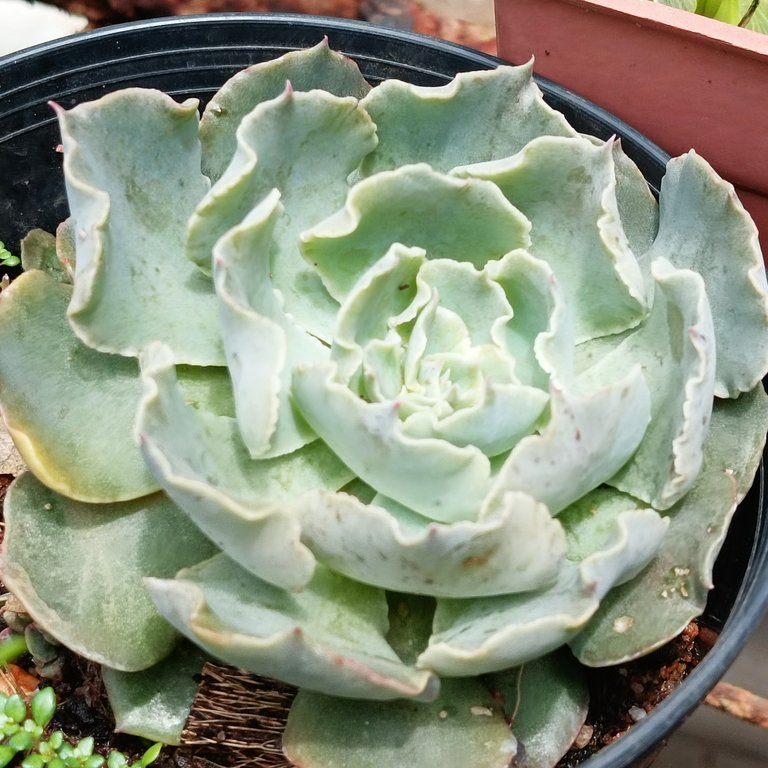
Also while buying rare succulents online I often face the problem of people selling me tiny pups at exorbitant rates or even giving me a totally different product altogether than the one I ordered. This maybe a problem specific to my country and this is one of the reasons for me to resort to beheading.
The fear of losing the one plant you have often forces you to do crazy things. Whenever I buy an expensive succulent I try to propagate it and have a backup. I always wait for a couple of weeks before I try anything. Sometimes even this fails as the plant would have traveled across the country for four to five days before reaching your hands and then could have to deal with a totally different kind of weather than it was used to originally. I have lost a few plants as they have failed to adapt to our kind of temperatures and crazy weather conditions.
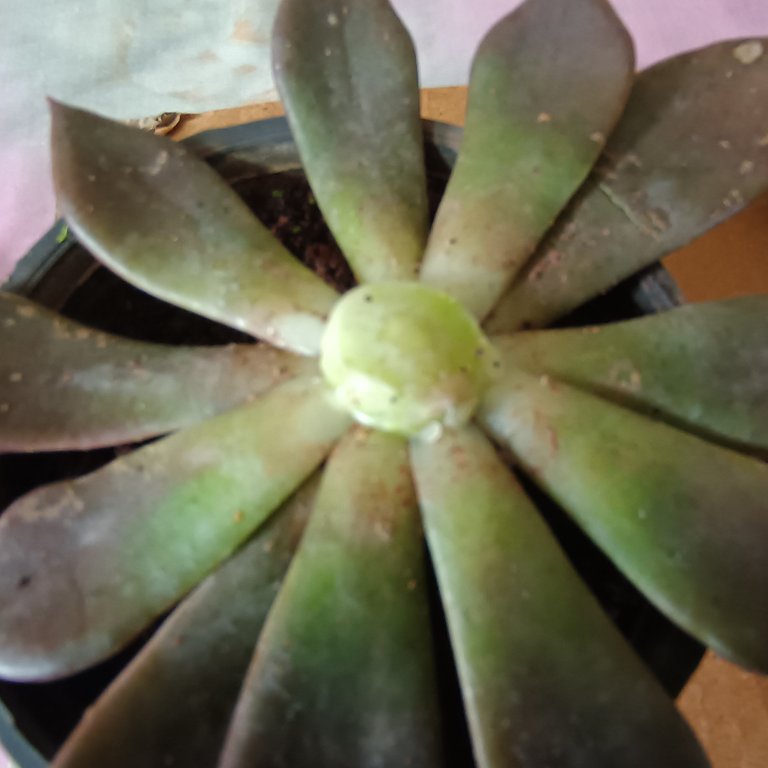
Off with their heads
This method of propagation is safe as long as the weather is right and you are in the midst of a growing season. I have done this a couple of times in summer and both the plants did well and produced five to eight pups apart from the main plant and the growing tip.
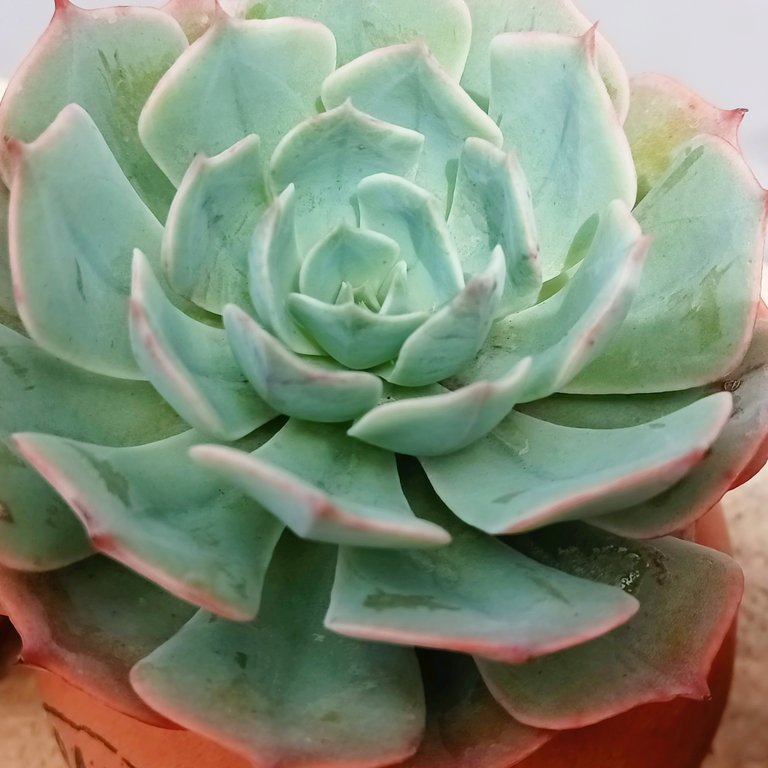
What kind of succulents need beheading?
Succulent with thick rosette like crowns from which it may be hard to take stem cuttings. Example - echeverias.
Succulents where leaf propagation fails repeatedly.
All other succulents can be propagated from leaves and cuttings.
Why behead a succulent?
You have the opportunity to try at least three ways of propagating the succulent when you behead one - propagating the pups, growing the tip like a cutting and propagating the leaves you dislodge from the plant.
You have at least ten or more parts of the plant to propagate more pups.
If you are successful you could end up having at least 20 or more plants from the plant you beheaded. You have a bumper crop.
It's a safe method if you can get the courage to do so.
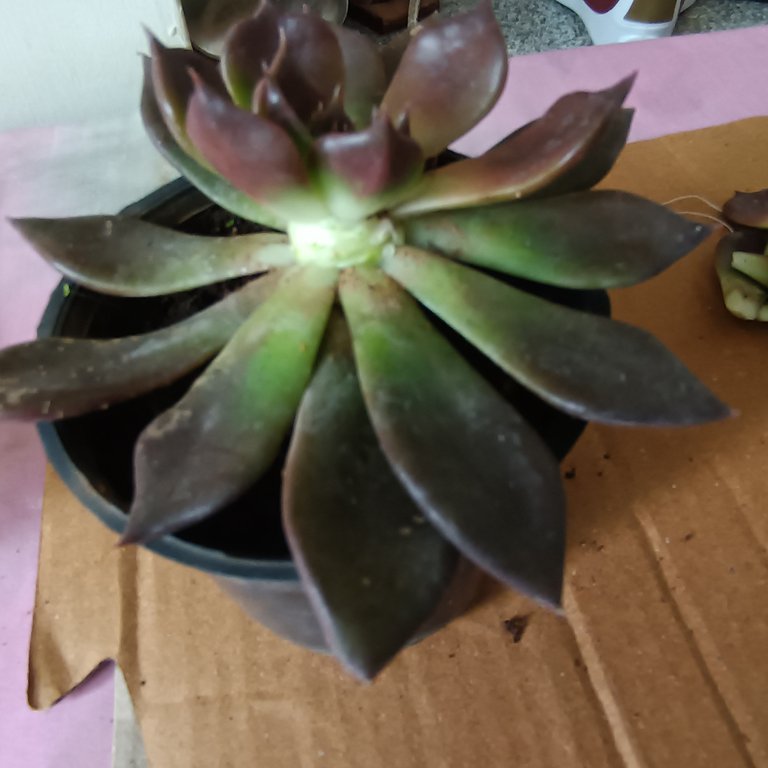
How to behead?
Remove a layer or two of leaves with a quick tugging action from the right and vice versa. Here I have removed two layers so that the growing tip can also be planted.

This ensures that the leaves come off clean and can be used to propagate more plants.
Removing the layers of leaves makes sufficient space for the cut to be made easily.
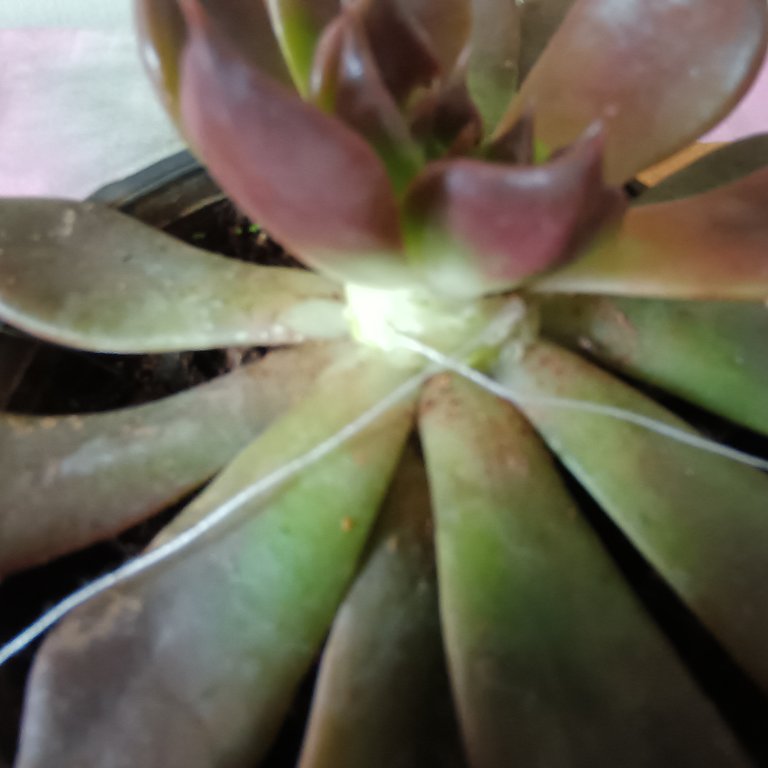
Make the cut
We need to use a fine sewing machine thread for this purpose.
These are strong and sharp and cut through the stem of the succulent in a smooth, clear action.
There is no fear of fungal or other contamination while using a thread as in the case of using a clipper or a blade.
You would also do the job without dislodging the leaves below the cut.
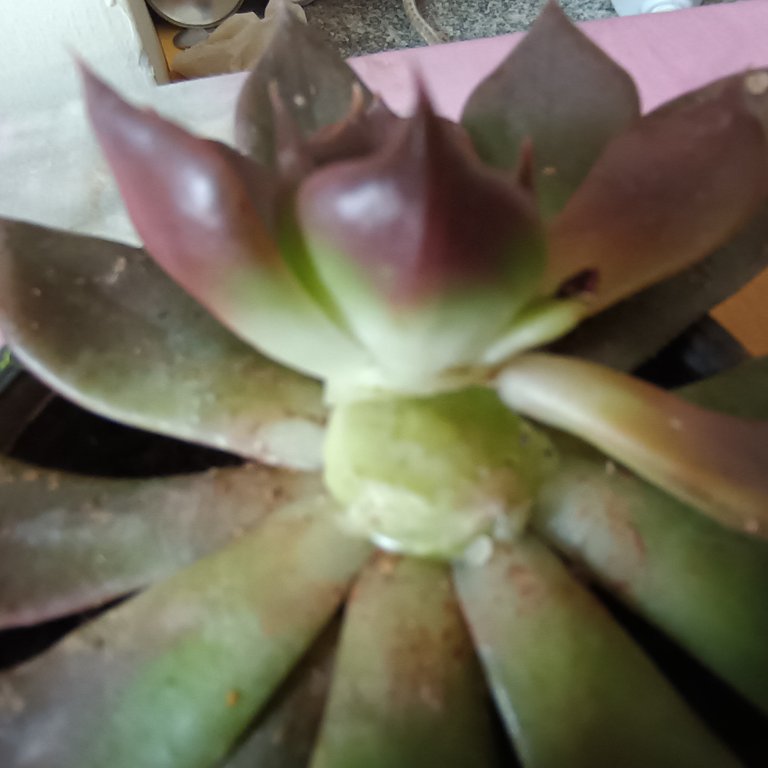
Prepare the cut portion for propagation
Dust a small quantity of anti-fungal powder on the cut ends.
Rainy weather such as the one we are having now is not right for such action. It is the worst time to take cuttings or beheading a succulent for propagation. I did this to save the plant.
Conditions for propagation by beheading
Use this method to propagate when the weather is warm,.
Cloudy, rainy conditions are not conducive for succulent propagation. These plants may be prone to fungal infections in such weather.
Leave the beheaded plant in a warm, dry place where there is no direct sunlight but there is bright indirect light.
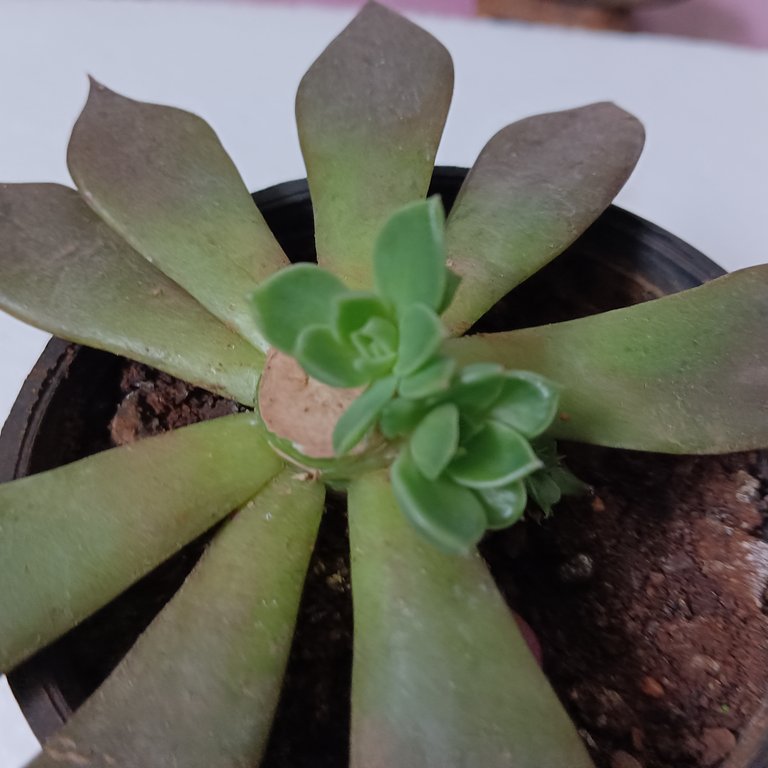
Watering
Do not water the plant until you see new growth.
Never make the mistake of spilling water on top of the cut area when you water later.
In a three to four days you will notice small rosettes forming on top of the cut stem.
When to separate the babies from the mother?
Usually at least five or more pups will be formed on top, these may get crowded as there not enough space for all the pups to grow.
Allow the plants to grow a couple of centimeters in diameter before you separate them.
Remove one plant at first to allow the others to get more space to grow.
Later remove as many as required and plant them in a small container.
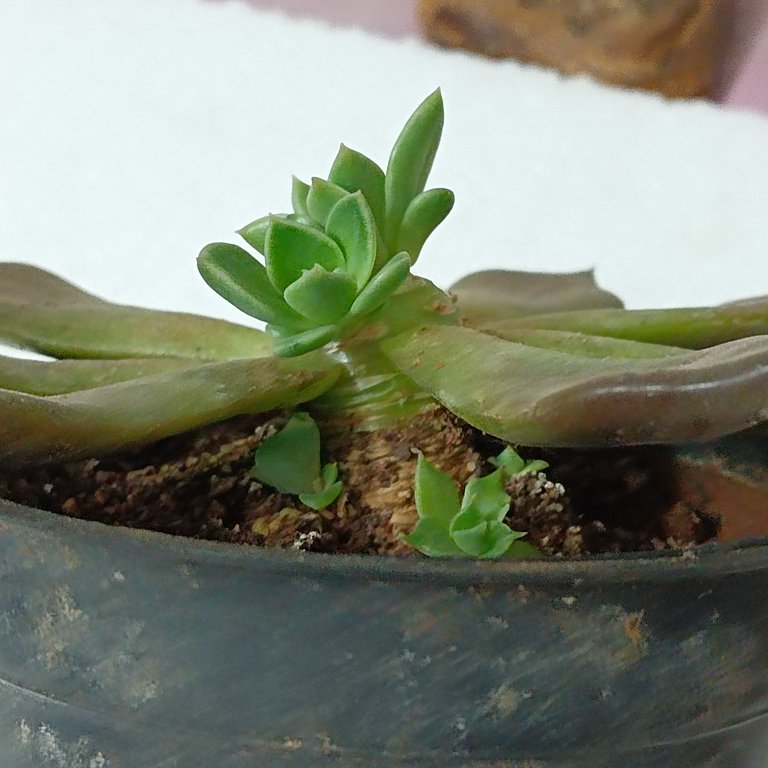
At times you may also find pups growing below the cut, closer to the soil when the plant is beheaded. These pups may grow faster as their roots reach the soil quickly.
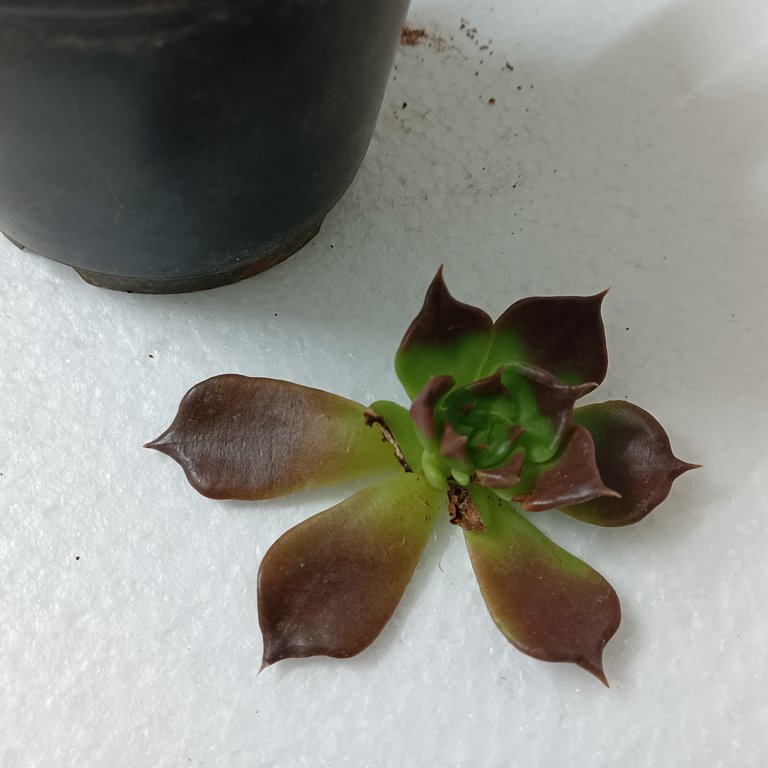
Leave the growing tip which you beheaded in a cool, dry place where there is bright light and you'll find it developing roots in a few days.
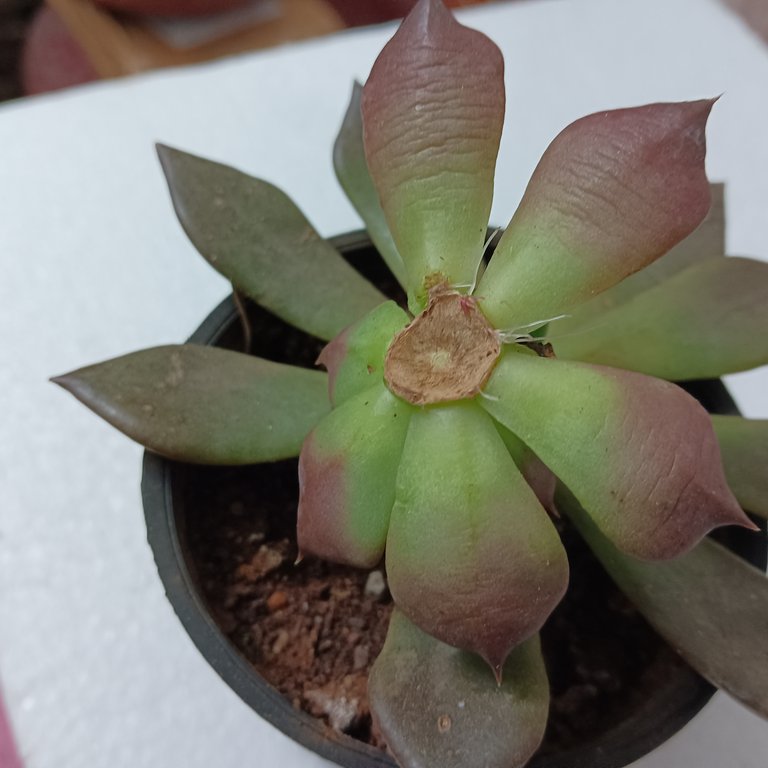
Once the roots develop well plant the tip in some cactus mix and you will soon have another plant to your collection.
Now you are the proud owner of a number of rare/expensive plants without having to pay for them.
This is an easy way to make more plants. I hope this post is of use to someone who struggles to propagate certain types of succulents.